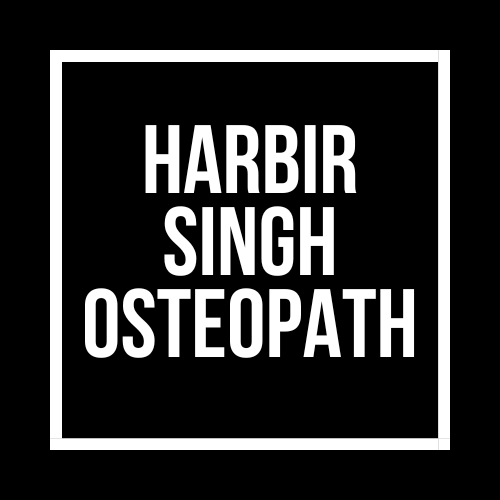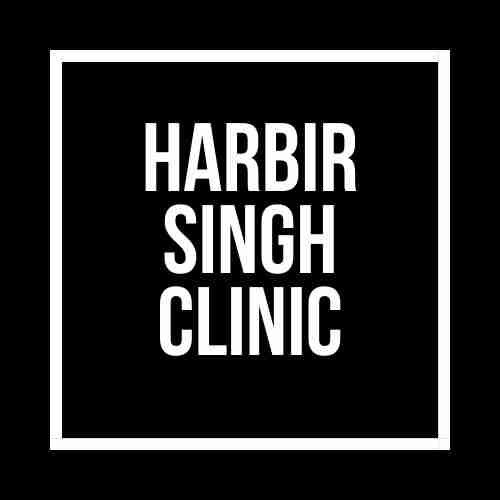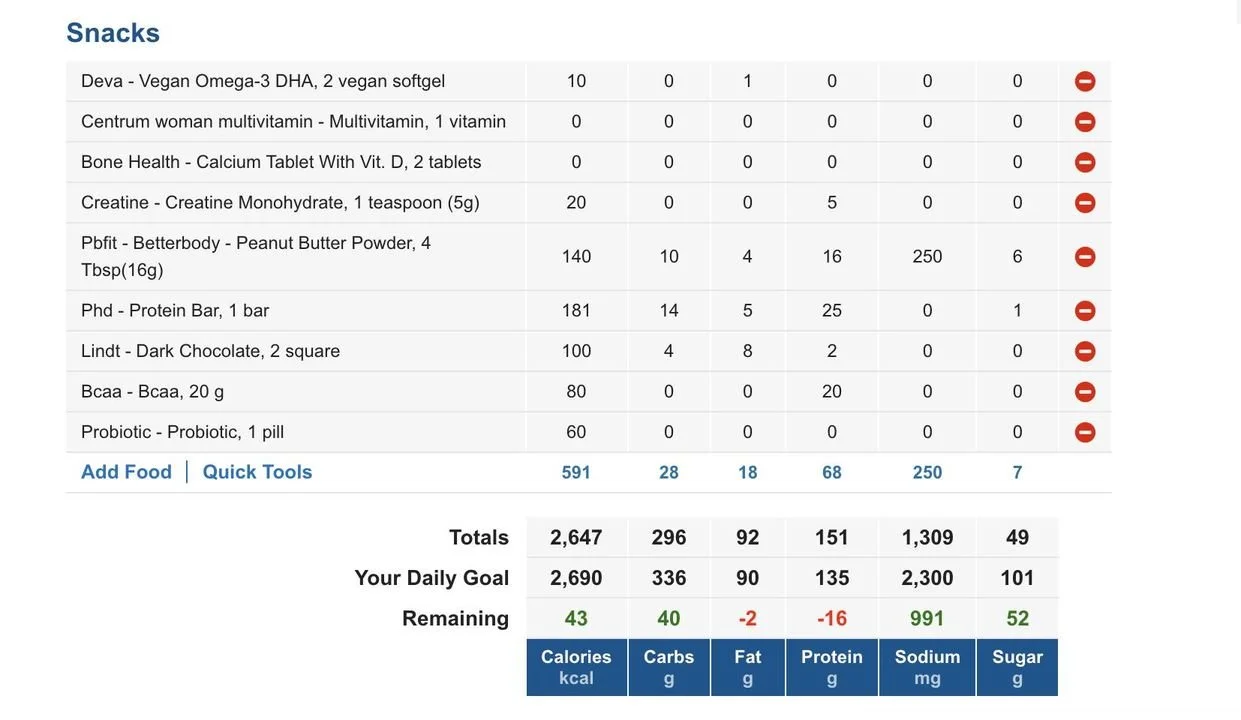Vegetarian Meal Plan
Vegetarian Diet
Detailed Video tutorial
Introduction
This diet is not designed for you! It is a generic vegetarian diet to give information on what you could eat. It does not address your goals, current weight, lifestyle, preferences or any other individual factor. It is, however, a well-balanced diet which adequate amounts of protein for most people. Low protein and high carb diets are what are said to be contributing to the standard Indian physique which is lack of muscle, high amounts of belly fat and low energy.
Principles
You will need to eat more than a meat-eater to get the same amount of protein. Unless you want to eat soya all the time, you will need to eat larger quantities of plant-based proteins such as greens, nuts and seeds and grains such as quinoa.
As an Indian vegetarian, you will need to keep an eye on the usual suspects; iron, calcium, blood sugar, thyroid, B12, blood pressure, and Vitamin D. It is worth going for a blood test/tests every year as a general health check.
One of THE best things you can do for your diet if you could only pick one is.. stop eating out. The places you eat from do not care about your health and make the food in any way possible to eat you to like it and eat more. This one change will dramatically improve your diet.
There’s a misconception that you can’t be strong on a vegetarian diet, its fallacy. You can be strong and healthy but you will need to put work into it, just as with any type of specialist diet.
Lastly, if you are looking for a way to drink loads of tea, eat tons of roti and parontas, eat chips and pizza weekly, do no exercise and still reach your health goals, I’m afraid this plan is NOT for you. You can close down the browser and avoid reading any further.
Any plan is only as good as the implementation/practice. You have to stick with a program/plan for months at the least. You can’t expect results in a week.
“the easier the results come the easier they go”
This program is about eating the right things: not taking shortcuts for a quick fix.
How often do I eat?
Have 3 meals which you should try to keep as healthy as possible; real plant-based foods, home-cooked + 2 snacks (= eating 5x a day).
Vegetarian food digest quicker and so you will need regular meals to provide you with enough nourishment.
Snacks
Smoothies – Green smoothie or berry smoothies are great nutrient-dense snacks. They have a multitude of benefits and I could write an entire book about why you need to make smoothies + recipes (I will do this soon).
To make smoothies even more powerful add this superfood powder. I guaranty you will notice the improvement in your energy levels and experience fewer cravings for junk.
85% dark chocolate: quick, easy, good for your health, full of minerals.
100% nut butter: quick, easy, cheap, high in protein and good fats.
100% almond butter or peanut butter. A trick is to eat this with your first meal. Research shows that if you do this you end up eating less through the day (you stay fuller for longer).
Note
I do not track calories, if you eat plant-based foods (homemade, nutritious food) you will get the right type of nutrients in their natural synergistic balance
Breakfast: Oatmeal with raisins, banana and blueberries with vegan milk. I use hemp milk, pea milk or mighty milk. Its creamy is the closest in taste to dairy and doesn’t contain soya.
1st Snack 1 tablespoons of nut butter & 1/2 squares of 85% dark chocolate
2nd Meal Sandwiches (usually 2 wholemeal buns with hummus and spinach). I eat this as the ingredients are easy to get hold of and affordable. It’s also high in protein.
2nd Snack 1 Smoothie, as above.
The smoothie I make most often has Greens (kale, broccoli, spinach or all 3), a banana, some oats, frozen raspberries, and frozen blueberries. I put in 50/50 water and milk.
3rd Meal 1 Wholemeal Chapatis and with daal or sabji or Brown Rice and daal + organic yeo valley yogurt.
One or two days a week we will have burgers and chips (homemade and not fried), stir-fry or tex mex. The recipes are from Plant powered families.
3rd Snack Kale and Cherry tomato salad, no dressing.
Here’s a video of my full day of eating https://bit.ly/2IeZDA0
The supplements I take:
Vegan Omega 3 (microalgae): Omega 3 is really important but the vegetarian supplements out there are made of flax. The ratios in flax are not what we need and so this supplement is not exclusively omega 3. The only pure Omega 3 vegetarian source is algae (linked to above). I have this supplement and so do my kids, its worth it.
The other supplement my kids and I take is a supergreens supplement. It’s been transformative for me and my family and is well worth it.
Finally thoughts
Get your nutrition from real food, as you can see from the video I got 115grams of protein from eating a typical day on the plan above and that’s without any supplements.
2. The most important thing is consistency, you need to stick to the eating plan. If you are not consistent it will not work. It’s important to be patient and give yourself the best chances of success by only starting the plan once you can commit to it. Once you get the hang of it it gets easy.
3. It’s ok to slip up and fall off the wagon, just as long as the slip up lasts a day and not a week, month or year!
If you need any more help or advice, don’t hesitate to message me on IG



